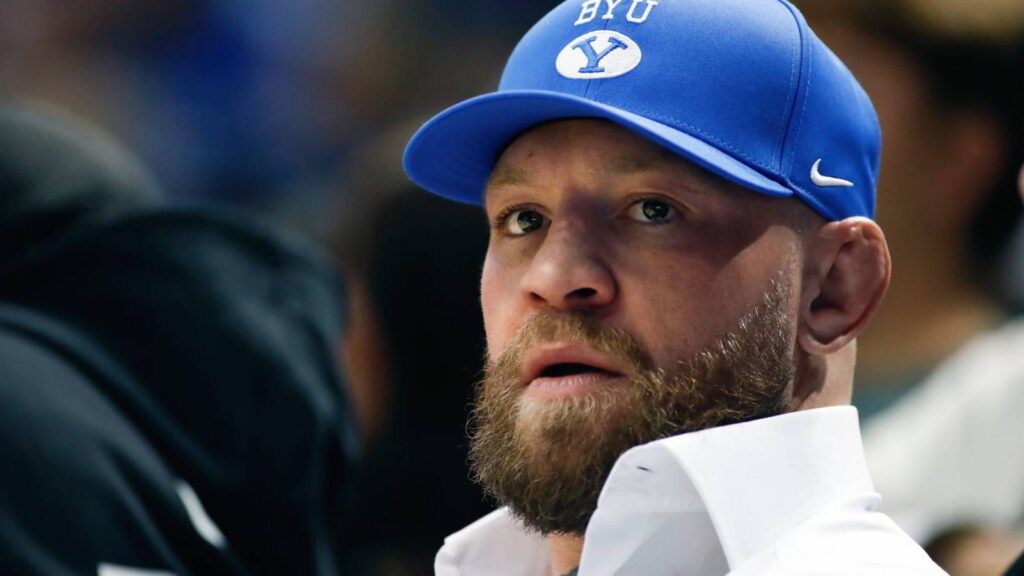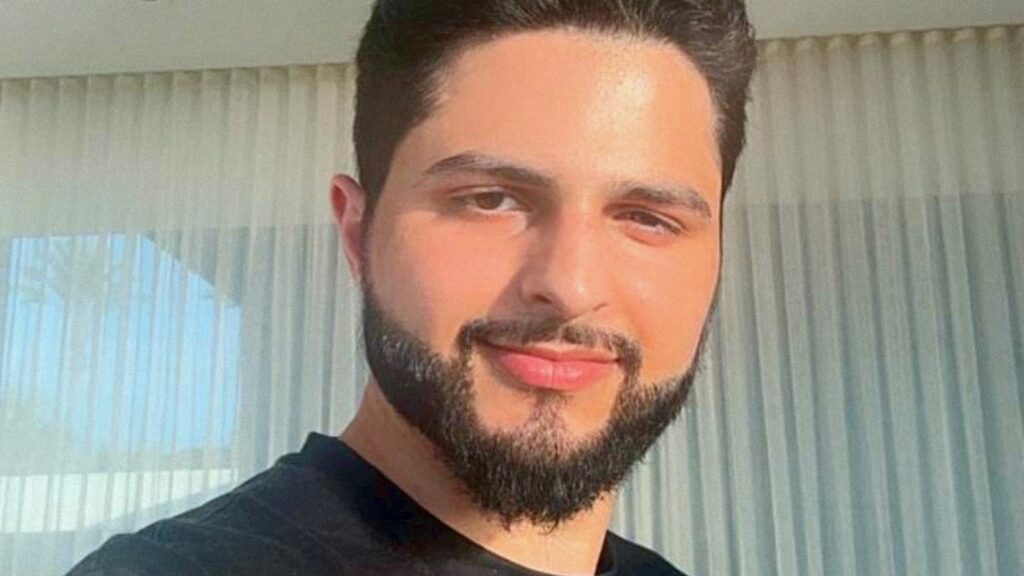How Sabrina Brier Became the People’s Princess of Internet Gays
Sabrina Brier knows what it’s like to be everyone’s very best friend. Well, not literally. It’d be a bit of a heavy lift to maintain an intimate relationship with the 800,000 people who follow her on TikTok. But the comedian and content creator, best known for her inventive and wildly expressive point-of-view skits, does have a knack for dissecting the intricate politics of friendship. It’s what took Brier, 29, from a frustrated Hollywood assistant to one of the most recognizable faces on TikTok — paving a new way for comics to find success online.
Brier’s skits are often recognizable by their premises poking fun of every kind of friend possible. Titles like “That Friend Who Always Calls the Shots,” or “That Friend Who Is Always Right,” showcase Brier out on the street, pouring her all into intensity into discussions about parties, ex-boyfriends, and arrival times. That description might seem trivial, but characters wear their hearts on their sleeves, and most importantly, Brier wears her signature expressions — turning small interrogations about late-night dinners or house parties into tense, amusing negotiations. Much of Brier’s reach comes from her videos’ constant ability to leap platforms — often turning Brier’s expressions or reactions into fast memes on social media. While Brier knows this has helped her star power skyrocket, she believes her popularity is also thanks to her legions of queer fans, noting that they’re picking up on some of the central inspirations in her work.
“I think there’s something theater about it. There’s such an amazing connection,” Brier tells Rolling Stone from her home in New York. “It makes me think of my mom, who was a playwright in the Nineties hanging out in New York with only gay men. If you did theater as a kid and in high school, that’s where you’re going to meet the queer people. I’m campy. And the meme-ification of what I’m doing on Twitter isn’t my invention. Meme culture is the funniest because queer culture is the funniest. And a lot of what I’m doing is then, in turn, used for a lot of queer conversations online. I just love the queer community and I think there’s something to be said about a genuine connection there coming out [from the work] into the world.”
Growing up in Woodbridge, Connecticut, Brier remembers always wanting to be on stage, whether it was during summer camp or school performances during the year. But it was when she was allowed to have a digital camera, and then eventually a phone, that she discovered a love of editing. “Editing magic was always so interesting to me because I loved the stage, but at that point, I was discovering it’s so fun to put something together that doesn’t disappear into the abyss. After a live performance, it’s this thing I can keep watching.” After high school, she attended Smith College in Massachusetts and, after graduation, moved to California and became your typical Hollywood assistant in talent management.
Brier went from one assistant job to another, first in talent management before eventually assisting writers and directors. But as someone who wanted to eventually work not just in entertainment, but as an entertainer, Brier knew that her small gigs were all part of a well-trod path. The only problem? She didn’t want to wait that long. “The impetus behind posting my first video was really coming out of a creative frustration with wanting to really be perceived as a performer,” Brier tells Rolling Stone. “Covid hit and I was in quarantine feeling creatively frustrated, frustrated with my career at large, as I think every single person felt. But it helped me to really face the issue of, ‘What is it you wish you could be doing right now? [My answer] was performing.”
She made dozens of skits, posting them in spurts on Instagram. But when Brier began putting her videos on TikTok, sharing sketches about annoying roommates with passive-aggressive rules, or New York transplants obnoxiously mispronouncing street names (the common Houston dilemma) , she hit algorithm gold. Now, three years later, Brier is fresh off an internet-breaking guest appearance on Abbott Elementary, just announced an upcoming audiobook based on her famous TikTok character, called That Friend, and is closing the gap toward 1 million followers. But she tells Rolling Stone that while the internet recognition feels great, she’s focused on making sure she’s learned what she needs to for the next stage in her career: making it from phone screens to TVs.
“The North Star of [my] present is continuing to build up my skills,” Brier explains. “TikTok is amazing, and I do believe you can do anything on it. But there’s a difference between the algorithm of scrolling and the intentionality of [episodic] television. That’s something that I’m just dying to have the opportunity to create and perform in.”
She got her first taste of it earlier this year while guest-starring in Abbott Elementary, when she shared the screen with Buzzfeed alum turned Emmy award-winning actress and writer Quinta Brunson. Brier calls the experience “epic,” but says the most meaningful thing was that her debut happened in such a welcoming space.
“I really have been dreaming about my television comedy debut since I was a kid,” she says. “So for it to happen in a space that was so supported and I felt so comfortable in, with this person who I look up to so much, and a whole cast and crew of people I look up to as well. It was just like, ‘Whoa.’ And it also feeds the beast. Like, let’s keep doing it. Let’s get closer and closer [to this].
Being the video representation of an entire generation’s relationship with friendship isn’t the easiest battle. What started as a shock — people recognizing Brier on the street and running up to her — quickly became the norm, which can feel overwhelming. But Brier says while she pushes back against parasocial relationships, she is proud that her content has been able to connect such a large group of people together.
“All entertainment, but especially on the internet, is literally about a relationship between you as an entity and this group of people who have chosen to consume what you’re doing and to engage with it,” she says. “I’m proud that that conversation is so positive. I’m proud that [there’s] so many different kinds of people in that conversation. I’m most proud of the relationship with the audience. The things they’ve contributed to it with the dialogue we’ve had, whether it be people making memes on Twitter or me incorporating [conversations] into my performance. I’m just proud of what we’ve made together.”





